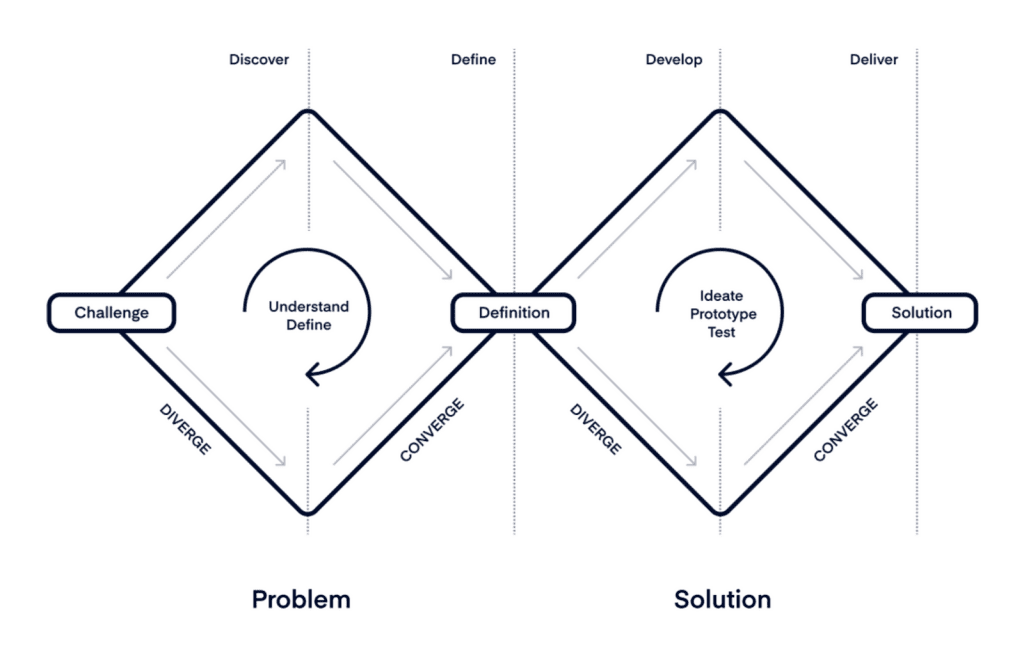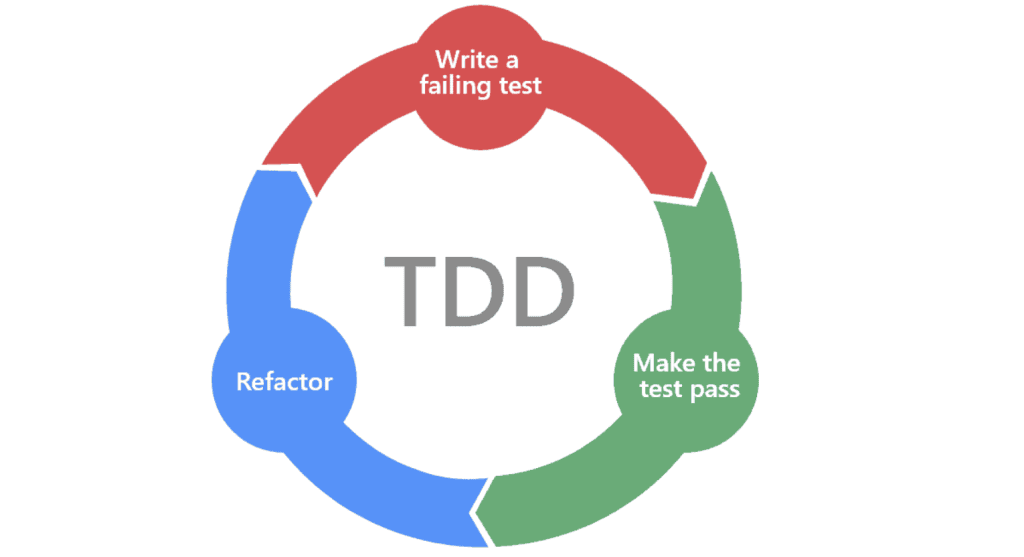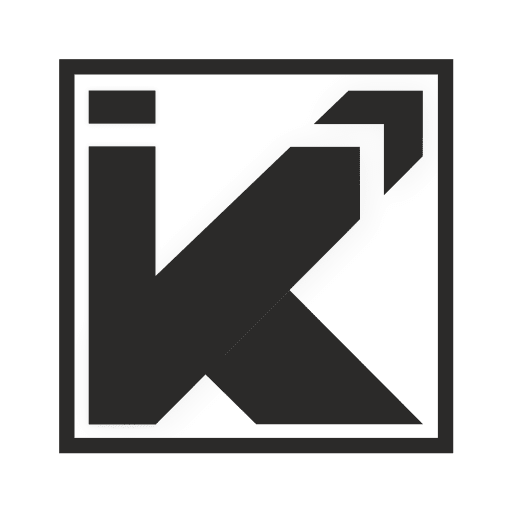In todays changing software industry being agile is crucial for successful product development. Agile Development Life Cycle have gained popularity due to their ability to adapt to evolving requirements and deliver solutions that prioritize customer needs. When it comes to building Software as a Service (SaaS) applications adopting an approach becomes more essential. This article explores the life cycle of development specifically tailored for SaaS applications highlighting its advantages and best practices.
Understanding Agile Development
Agile development is an incremental approach that emphasizes collaboration, flexibility and customer feedback in software development. Of planning phases the agile methodology divides the development process into smaller manageable iterations known as “sprints.” Each sprint produces an increment of the product that is then evaluated by stakeholders for feedback and enhancements. This iterative process ensures learning, adaptability and quicker time to market.
The Agile. Saas Development
The Agile Manifesto serves as a guiding philosophy for development, with its four core values and twelve principles. These principles align well with the nature of cloud based services when it comes to developing SaaS applications. Agile development perfectly suits the needs of SaaS development due, to its focus on customer collaboration, regular product releases and adaptability to change.
Agile Development Life Cycle for SaaS Applications
a. Product Exploration: During this phase the development team collaborates closely with stakeholders to establish the products vision, goals and requirements. It is essential to identify the target customers and address their pain points effectively in order to create a SaaS application.

b. Sprint Planning: with stakeholders the development team. Prioritizes features that will be developed in upcoming sprints. This process ensures that the valuable features are delivered first so that early feedback and validation can be obtained.

c. Development and Testing: This phase involves development work, on the SaaS application. Agile methodologies promote integration and automated testing to maintain high product quality and shorten feedback loops.

d. Review and Feedback: At the end of each sprint a functional version of the SaaS application is presented to stakeholders for review. Their feedback is taken into consideration during sprints to refine and enhance the product.
e. Deployment and Release: Unlike software development approaches Agile allows for releases of updates or new versions of the software.
SaaS applications have the advantage of being deployed allowing for additions of new features and improvements to keep users up, to date with the latest enhancements and bug fixes.
Benefits of Agile in SaaS Development
a. Quicker Time to Market: Agile’s iterative approach enables SaaS providers to release updates delivering value to customers promptly.
b. Enhanced Customer Satisfaction: Continuous feedback and collaboration with customers ensure that the SaaS application meets their evolving needs resulting in satisfaction and customer retention.
c.. Adaptability: The Agile method empowers development teams to respond swiftly to market changes, emerging technologies and customer demands.
d. Reduced Risk: Thorough testing and stakeholder involvement help. Address issues on minimizing the risk of major setbacks.
e. Improved Product Quality: The emphasis on integration and automated testing leads to product quality and stability.

Besides the points discussed in the blog post lets dive deeper into some recommended practices for implementing Agile in the development life cycle of SaaS applications
- Agile teams for SaaS development should consist of members with diverse skill sets such as developers, testers, designers and domain experts. This ensures a problem solving approach while fostering communication and collaboration, within the team.
- Implementing integration and continuous delivery (CI/CD) pipelines streamlines the process of integrating code changes testing them and deploying to production. This results in more releases reducing the time, between developing new features and making them available to customers.
- In Agile methodologies customer collaboration plays a role. When developing SaaS products it is crucial to involve customers from the stages of product discovery through the development process. Regular feedback sessions, usability testing and customer interviews help us understand user needs better and align our product with customer expectations.
- Agile teams should base their decisions on data and analytics. By utilizing user behavior data and application performance metrics we gain insights that allow us to prioritize features effectively optimize our product and identify areas for improvement.
- To organize tasks efficiently track progress and visualize project timelines effectively it is beneficial to leverage project management tools such as JIRA, Trello or Asana. These tools facilitate communication, among team members while promoting transparency and collaboration.
- Conducting retrospectives at the end of each sprint encourages teams to reflect on their processes. This reflection helps identify challenges faced during development cycles while also implementing improvements. Embracing this approach ensures improvement within an Agile framework.
- Managing Technical Debt; When the focus is, on delivering features it’s common for debt to pile up. Agile teams need to set time to handle debt in order to keep the SaaS application maintainable and scalable in the long run.
- Prioritize a Minimal Viable Product (MVP); of trying to incorporate every feature right from the start its better to focus on delivering a Minimal Viable Product (MVP) that addresses the core needs of customers. This approach allows for deployment and early feedback from users enabling the team to iterate and improve the product based on user experiences.
- Continuously Monitor and Gather Feedback; By monitoring how the SaaS application performs in production and gathering feedback from users potential issues can be identified on. Taking this approach helps the team address emerging problems promptly. Make data driven decisions for future enhancements.
- Finding Balance Between New Features and Technical Debt; While its important to deliver features paying attention to debt is equally vital for maintaining the long term health of an application. During Sprint Planning sessions allocating time for addressing debt and refactoring existing code ensures a sustainable and maintainable product.
- The Role of Product Owner in Sprint Planning; The involvement of a Product Owner is critical, during Sprint Planning sessions.
- Their presence helps to clarify the requirements address any queries the team might have and offer insights, into customer priorities. Collaborating with the Product Owner ensures that the team focuses on developing the features that align with business objectives.
In Conclusion
Agile development has revolutionized SaaS application development by emphasizing collaboration, adaptability and a customer centric approach. By adopting methodologies SaaS providers can create high quality products that cater to the ever changing needs of their customers. Embracing an Agile development life cycle empowers SaaS companies to stay ahead in a market and provide user experiences.



